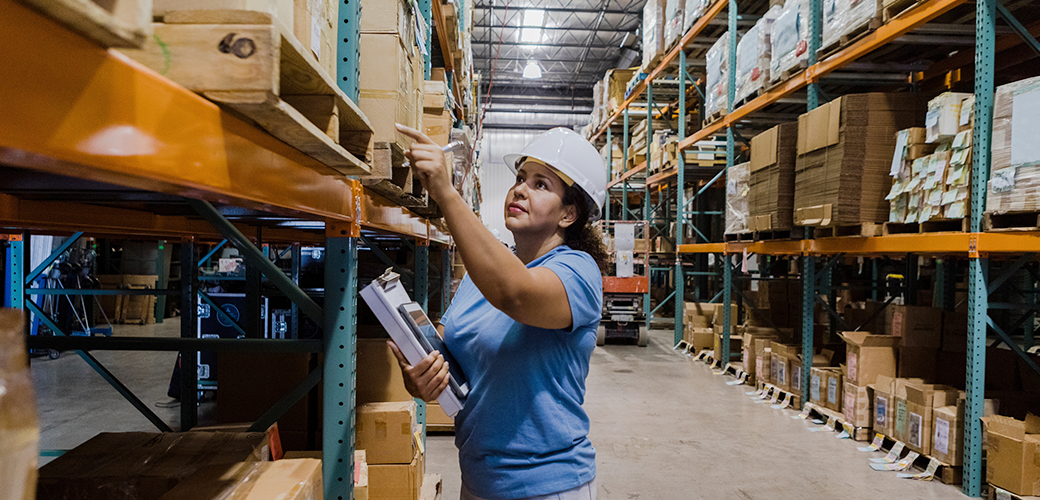 People in Particular Occupations
People in Particular Occupations
Studies suggest that suicide rates may differ by occupation. A recent meta-analysis found that suicide rates were highest among people in occupations requiring low-level skills, such as laborers, cleaners, factory workers, machine operators, and fishery workers.1 The lowest suicide rates were found among high skill level managers and clerical workers. Other occupations that have also been linked to an elevated risk of suicide include health care providers, veterinarians, farmers, and the police.1
Workplaces can support mental health and contribute to suicide prevention by adopting a range of strategies. These include:
- Increasing awareness of mental health and substance use disorders
- Encouraging help seeking
- Making it easier for workers to access behavioral health care
Reference
- Milner, A., Spittal, M. J., Pirkis, J., & LaMontagne, A. D. (2013). Suicide by occupation: Systematic review and meta-analysis. British Journal of Psychiatry, 203(6), 409-416.
Learn More
- See the Recommended Resources below selected by SPRC personnel.
- For resources that address all or most workplaces, see our page on Workplaces.
- See All Resources Related to People in Particular Occupations (below) for a full list of materials, programs, trainings, and other information available from SPRC. Use the filters on the left to narrow your results.
- For more on other groups and settings, see our Populations and Settings pages.
Filter By:
Recommended Resources

Occupations and Suicide Risk
A meta-analysis of 34 studies found that people in occupations requiring a lower level of skill are more at risk of suicide than people in jobs requiring a higher level of skill. People in the lowest occupational skill categories (such as hotel and office cleaners, sanitation workers, food preparation assistants, and unskilled laborers in mining, […]

A construction industry blueprint: Suicide prevention in the workplace
The construction industry is among occupations at highest risk for suicide. This guide provides information for construction executives to make suicide prevention a health and safety priority and gives managers guidelines on healthy approaches and prevention measures. It is intended to assist the construction industry workplaces in building capacity to better prevent suicide.

Breaking the silence: Suicide prevention in law enforcement
The report was generated through the National Symposium on Law Enforcement Officer Suicide and Mental Health: Breaking the Silence of Law Enforcement Suicides held in the summer of 2013. Subject matter experts dedicated to the psychological welfare of officers participated in the symposium, which was composed of a diverse group of law enforcement executives, officers, […]

Firefighters coping with the aftermath of suicide
This video explores the effect of suicide on firefighters and first responders.
